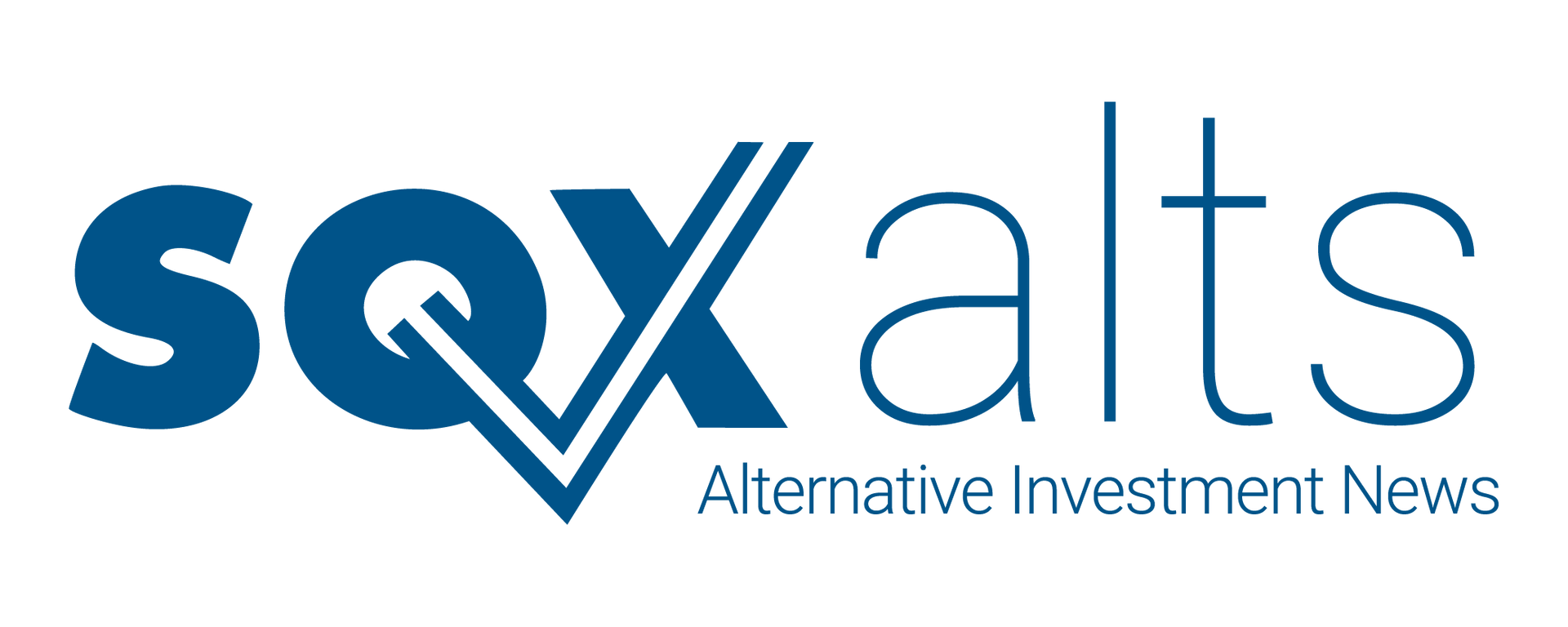Prospect Floating Rate and Alternative Income Fund Announces September and October Cash Distributions
The declared payouts aim to maintain a targeted 10% annualized rate based on the latest NAV figures.
September 26, 2025

Prospect Fund Sets Monthly Payouts Through October With 10% Targeted Yield
On September 25, the Prospect Floating Rate and Alternative Income Fund laid out its monthly distribution schedule for September and October 2025. The goal: deliver a consistent annualized yield of 10%, based on net asset value as of the close of its June 30 fiscal quarter.
Investors holding either Class A or Class I shares as of September 26 will receive a $0.03452 per-share distribution, payable on October 3. For those on record as of October 31, the payout will increase to $0.04315, with a payment date set for November 7.
These distributions are part of the fund’s strategy to provide regular cash flow to shareholders. But the structure behind them is more nuanced. While the company aims for consistency, the tax makeup of each distribution—whether it’s ordinary income, capital gains, or return of capital—won’t be finalized until the fiscal year wraps. Shareholders will receive quarterly estimates, followed by definitive tax treatment through the annual 1099-DIV.
The fund also made it clear that distributions can come from a variety of sources. That includes investment income, capital gains, offering proceeds, borrowings, and reimbursements from its advisor, Prospect Capital Management.
If earnings don’t fully cover distributions, the shortfall may be classified as return of capital.
Looking ahead, any future distributions will be subject to board approval and legal considerations. There's no guarantee that payout levels will remain the same in the months ahead.
The fund’s approach continues to center on producing income through floating rate and alternative investments. These latest distribution declarations give shareholders clarity on near-term cash flows—and serve as a reminder that payout structures, while regular, rely on a broad set of financial levers and board discretion.
Share
Read More Articles


